Muscle gain supplements. For anyone stepping into the world of fitness, the pursuit of muscle growth can feel like navigating a labyrinth. You’re dedicated to your training, you’re dialing in your nutrition, and yet, you’re confronted with a dizzying array of jars, powders, and pills all promising to be the key to unlocking your potential. The supplement industry is a multi-billion dollar behemoth, and it’s easy to feel overwhelmed, skeptical, or even misled.
The truth is, supplements are not magic bullets. The foundation of muscle growth will always be a consistent, progressive resistance training program and a calorie-appropriate diet rich in whole foods. However, when used correctly, certain supplements can provide a measurable, evidence-based edge. They can help you push through a plateau, recover faster, and ensure your body has the raw materials it needs to build and repair muscle tissue.
This comprehensive guide is designed to cut through the marketing hype. We will break down the world of muscle gain supplements into a clear, actionable hierarchy, focusing on scientific evidence, safety, and practical application for the US consumer.
The Unshakeable Foundation: Diet and Training
Before we discuss a single supplement, this must be stated unequivocally: No supplement can compensate for poor training or inadequate nutrition.
- Training: You must provide a stimulus for growth. This means consistent, challenging resistance training that progressively overloads your muscles.
- Nutrition: You must be in a slight caloric surplus to build muscle (with some exceptions for beginners and those returning to training). Adequate protein intake is non-negotiable, as protein provides the amino acids—the building blocks—for new muscle tissue.

Think of your muscle-building journey as building a house. Training is the blueprint and the construction crew. Nutrition is the lumber, bricks, and mortar. Supplements are the power tools that help the crew work more efficiently and effectively. You wouldn’t try to build a house with just power tools and no materials, right? The same logic applies here.
With that foundation set, let’s explore the supplements that can genuinely make a difference.
Tier 1: The Foundational Essentials (The “Non-Negotiables”)
These are the supplements with the strongest, most robust scientific backing. They are effective, safe, and should be the starting point for anyone serious about enhancing their muscle growth.
1. Whey Protein
What it is: A high-quality protein derived from milk during the cheese-making process. It’s a “complete protein,” meaning it contains all nine essential amino acids that your body cannot produce on its own. Its standout feature is its rapid digestibility and high concentration of Branched-Chain Amino Acids (BCAAs), particularly leucine, which is a primary trigger for muscle protein synthesis (MPS).
The Evidence: Decades of research consistently show that whey protein supplementation, when combined with resistance training, significantly increases muscle mass and strength. It’s particularly effective when consumed post-workout to kickstart the recovery process, but it’s also incredibly useful as a convenient way to hit your daily protein targets.
How to Use It:
- Timing: Post-workout is classic, but any time you need a quick, high-quality protein source is fine (e.g., breakfast, between meals).
- Dosage: A serving of 20-40 grams is typically sufficient to maximally stimulate MPS. Your total daily protein intake should be your primary focus (aim for 0.7 to 1.0 grams per pound of body weight).
What to Look For:
- Whey Protein Isolate (WPI): Undergoes more processing to remove most of the fat and lactose. Higher in protein percentage (typically 90%+), making it a great option for those who are lactose-sensitive or want minimal carbs/fat.
- Whey Protein Concentrate (WPC): Contains a lower percentage of protein (typically 70-80%) and includes some lactose and fat. It’s often less expensive and still highly effective.
Humann Tart Cherry Gummies
2. Creatine Monohydrate
What it is: Perhaps the most researched supplement in sports nutrition history. Creatine is a naturally occurring compound found in muscle cells that helps your body produce energy during heavy lifting or high-intensity exercise.
The Evidence: The consensus in the scientific community is overwhelming. Creatine supplementation reliably increases intramuscular stores of phosphocreatine, allowing for:
- Increased strength and power output.
- Enhanced muscle endurance, allowing for more reps or volume.
- Greater gains in lean body mass over time.
- Even potential cognitive benefits.
It is not a steroid; it’s a naturally sourced compound that enhances your body’s existing energy systems.
How to Use It:
- Loading Phase (Optional): 20 grams per day (split into 4 doses) for 5-7 days to saturate muscles quickly.
- Maintenance Phase: 3-5 grams per day, indefinitely. There is no need to “cycle” creatine.
- Simple Approach: Skip the loading phase and just take 5 grams every day. Your muscles will be fully saturated in about 3-4 weeks.
What to Look For: Creatine Monohydrate. Don’t be swayed by fancy, expensive versions like creatine ethyl ester or buffered creatine. Simple, micronized creatine monohydrate is the gold standard—it’s proven, effective, and affordable.
Check also: Bodybuilding supplements for sale – beginners guide
Tier 2: The Performance Enhancers (The “Game Changers”)
This category contains supplements that directly impact your performance in the gym. By allowing you to train harder and longer, they indirectly but powerfully contribute to long-term muscle growth.
1. Beta-Alanine
What it is: An amino acid that combines with histidine in your muscles to form carnosine. Carnosine acts as a buffer against acid (H+ ions) that builds up in your muscles during high-intensity exercise. This “burning” sensation is a major cause of muscular fatigue.
The Evidence: Supplementing with Beta-Alanine increases muscle carnosine levels. This leads to a significant increase in exercise capacity, particularly for efforts lasting 1-4 minutes. In practical terms, this means you might squeeze out 1-2 more reps on your final sets, leading to greater muscular stimulus over time.
How to Use It:
- Dosage: 3-6 grams per day, split into smaller doses (e.g., 1.5 grams twice daily) to minimize the only known side effect: a harmless tingling sensation called paresthesia.
- Timing: Consistency is key. It takes several weeks to saturate muscle carnosine stores.
Check also: Top 10 Pre-Workout Supplements Ranked by Effectiveness
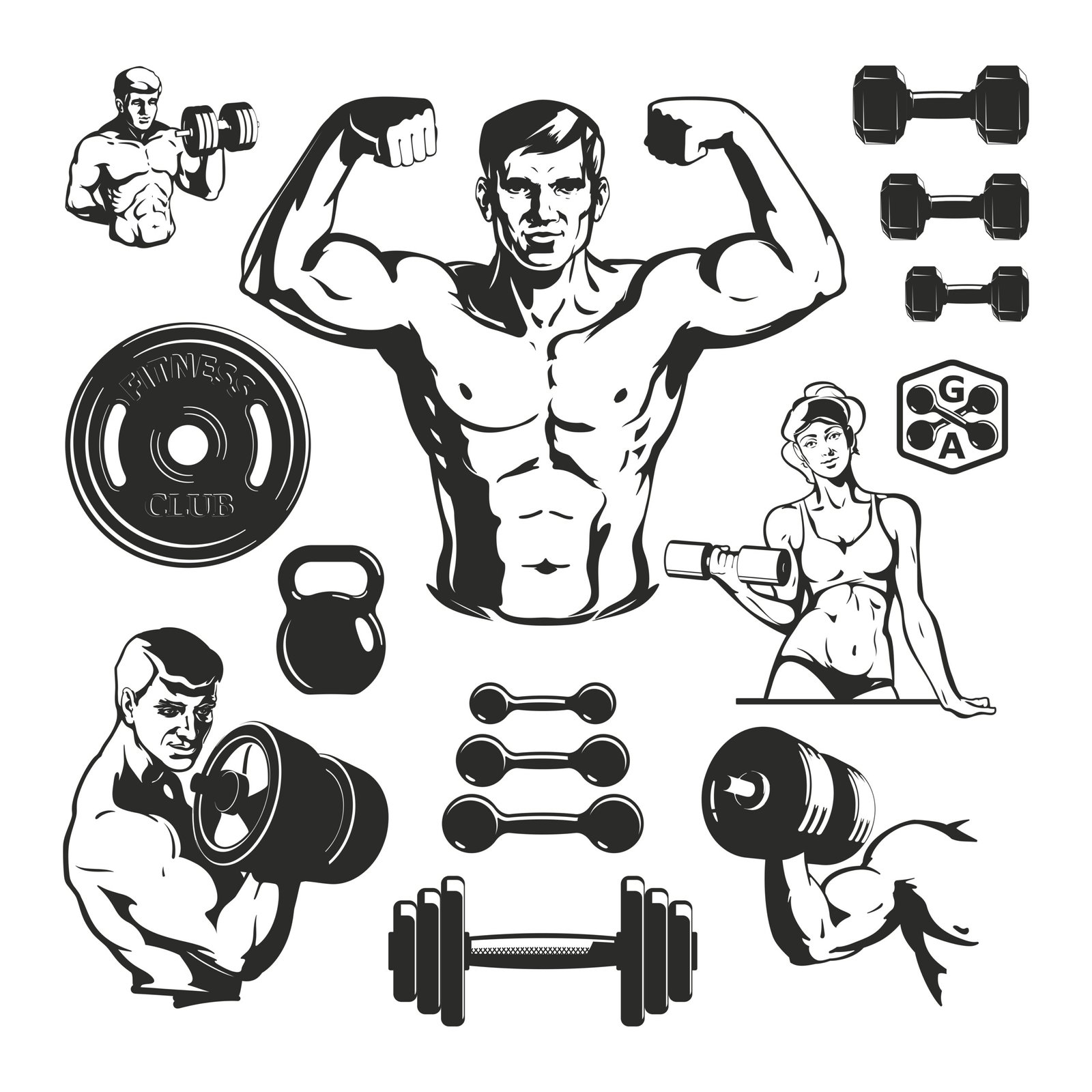
2. Citrulline Malate
What it is: A combination of the amino acid L-Citrulline and malic acid. In the body, L-Citrulline is converted into L-Arginine, leading to increased production of Nitric Oxide (NO).
The Evidence: NO is a vasodilator, meaning it widens blood vessels. This leads to the famous “pump” that many gym-goers seek. But beyond the aesthetic appeal, improved blood flow means more oxygen and nutrients are delivered to working muscles, and metabolic waste products are removed more efficiently. Studies show that Citrulline Malate can reduce fatigue, enhance endurance, and decrease muscle soreness.
How to Use It:
- Dosage: 6-8 grams, taken 30-60 minutes before your workout.
Tier 3: The Recovery & Health Optimizers (The “Fine-Tuners”)
These supplements support the broader physiological processes that underpin recovery, health, and overall well-being, creating a more anabolic (muscle-building) environment.
1. Omega-3 Fish Oil
What it is: A source of the essential fatty acids EPA (eicosapentaenoic acid) and DHA (docosahexaenoic acid).
The Evidence: While not a direct muscle-builder, Omega-3s are crucial for their potent anti-inflammatory properties. Intense training causes inflammation; managing it is key to recovery. Some research also suggests Omega-3s may enhance muscle protein synthesis sensitivity, making your body more responsive to the protein you consume. The cardiovascular and cognitive benefits are a massive bonus.
How to Use It:
- Dosage: Aim for a combined total of 1-3 grams of EPA and DHA per day. Read the label carefully—a 1000mg capsule might only contain 300mg of EPA/DHA.
Check also: man over 50 in the gym – all you need to know
2. Vitamin D3
What it is: The “sunshine vitamin,” which actually functions as a hormone in the body.
The Evidence: A significant portion of the US population is deficient in Vitamin D, especially in winter months or for those with office jobs. Vitamin D is critical for bone health, immune function, and has been linked to testosterone levels. Optimizing your levels ensures your hormonal and immune systems are functioning properly, which is a prerequisite for consistent training and growth.
How to Use It:
- Dosage: 1,000 – 4,000 IU per day is a common and safe range. It’s wise to get your levels tested by a doctor for a more personalized dosage.
3. A High-Quality Multivitamin/Multimineral
What it is: An insurance policy for your micronutrient intake.
The Evidence: When you’re pushing your body to its limits and consuming a high volume of food, it’s possible to have gaps in your intake of essential vitamins and minerals (like Magnesium, Zinc, and B-Vitamins). These are co-factors in hundreds of biochemical processes, including energy production and protein synthesis. A multivitamin helps fill these gaps, ensuring your metabolic machinery runs smoothly.
Navigating the US Supplement Landscape: A Buyer’s Guide to Quality and Safety
The US supplement market is vast and, unfortunately, not as tightly regulated as the pharmaceutical industry. This places the responsibility on you, the consumer, to be vigilant.
1. Third-Party Testing is King: Look for products that have been verified by independent, third-party testing organizations. These include:
- NSF International Certified for Sport
- USP (United States Pharmacopeia)
- Informed-Choice
These seals mean the product has been tested for label accuracy (it contains what it says it does, in the amount listed) and for the absence of harmful contaminants like heavy metals or banned substances.
2. Scrutinize the Label: Don’t just look at the flashy front; read the Supplement Facts panel and the ingredient list. Be wary of proprietary blends that hide the specific dosages of individual ingredients. A reputable company will be transparent.
3. Be Skeptical of Outrageous Claims: If a product promises “massive gains in two weeks” or seems too good to be true, it almost certainly is. Stick with the proven ingredients discussed in this article.
4. Consider Your Individual Needs: Are you a hardgainer struggling to eat enough? A protein powder or weight gainer might be crucial. Do you train fasted? BCAAs or Essential Amino Acids (EAAs) might be beneficial. This guide provides the foundation; your specific context will dictate your personal stack.

Building Your Personalized Supplement Stack
You don’t need to take everything at once. Start slowly and assess your response.
- For the Beginner: Start with Whey Protein and Creatine Monohydrate. Master these for 3-6 months. They will provide 90% of your potential supplement-derived benefits.
- For the Intermediate Lifter: Add a pre-workout that contains Beta-Alanine and Citrulline Malate, or buy them separately. Introduce Fish Oil and Vitamin D3 for long-term health and recovery.
- For the Advanced Lifter: Your stack is highly individualized. You have the foundational and performance layers dialed in and may experiment with other evidence-based supplements like HMB (during a cut) or specific forms of Collagen for joint health, always prioritizing third-party tested products.
Check also: How to Stack Supplements for Maximum Muscle Gains
The Final Rep
The journey to building muscle is a marathon, not a sprint. Supplements can be powerful allies on this journey, but they are just that—supplements to a solid foundation of hard work, proper nutrition, and adequate sleep.
By focusing on the proven, Tier 1 essentials and strategically adding from Tier 2 and 3 based on your individual needs and budget, you can invest your money wisely and effectively. You can navigate the noisy supplement aisle with confidence, knowing you’re making choices grounded in science, not hype. Now, fuel your body, crush your workouts, and build the physique you’re working so hard for.
Disclaimer: Always consult with a healthcare professional before starting any new supplement regimen, especially if you have pre-existing health conditions or are taking medication. This article is for informational purposes only and is not intended as medical advice.
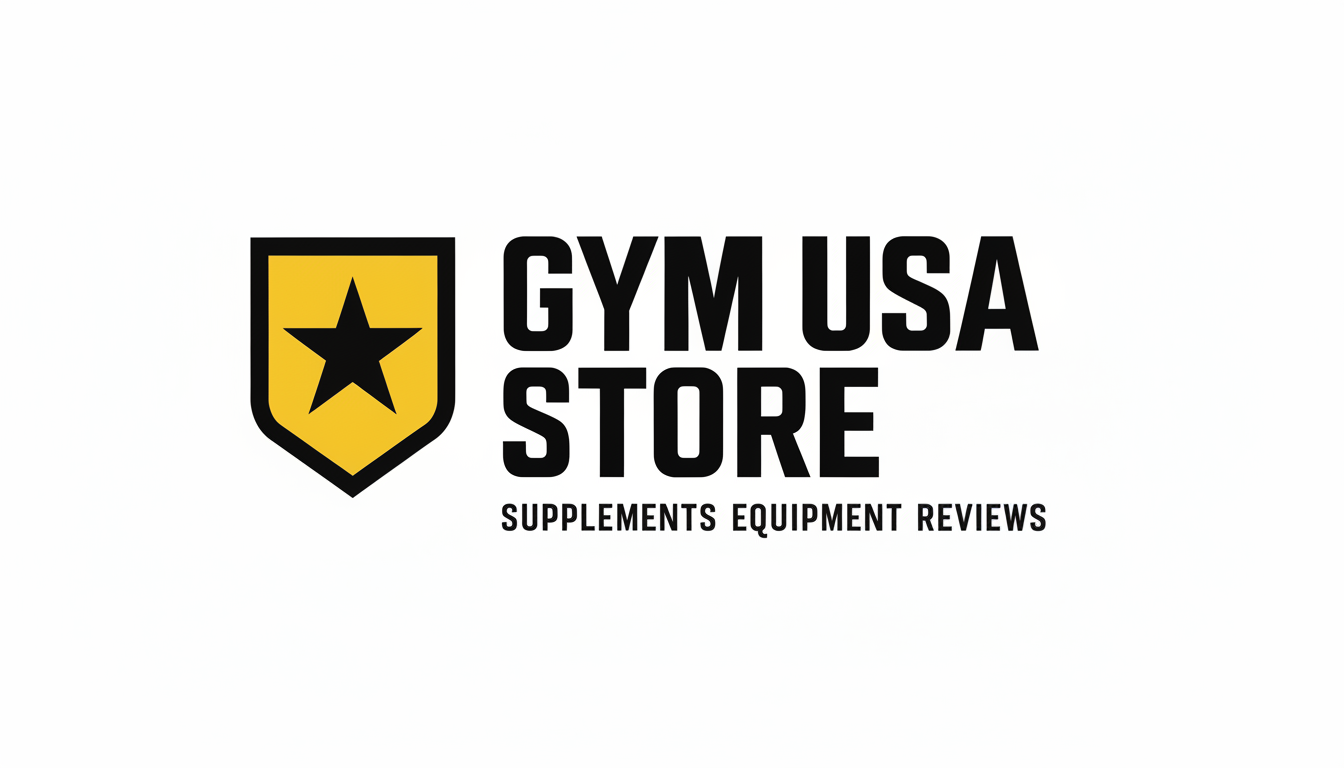

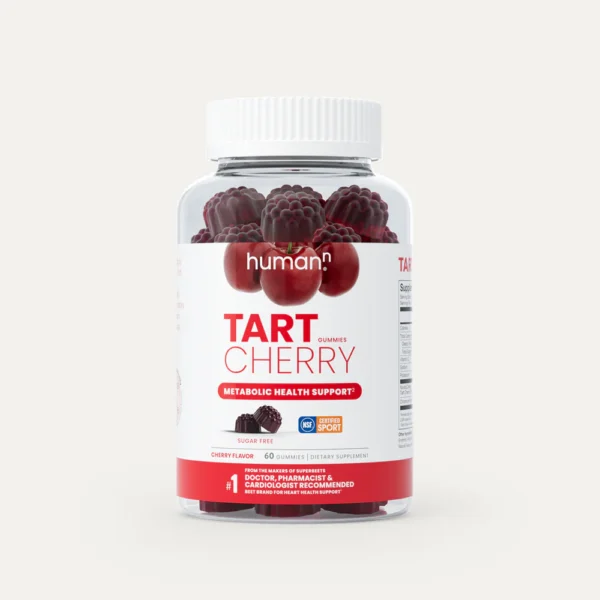
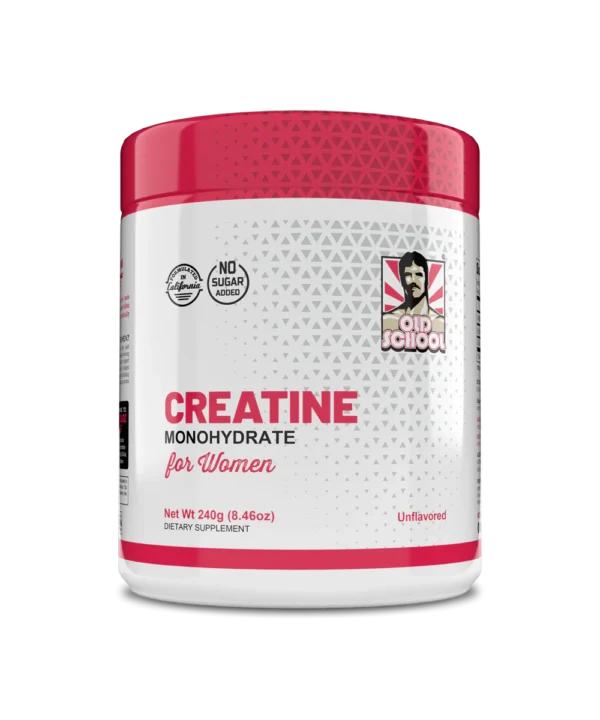
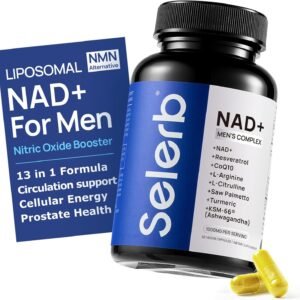
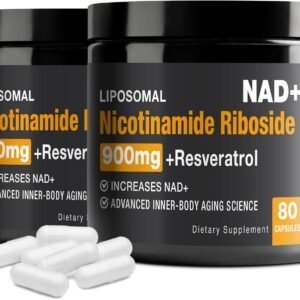
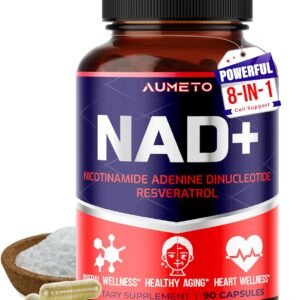

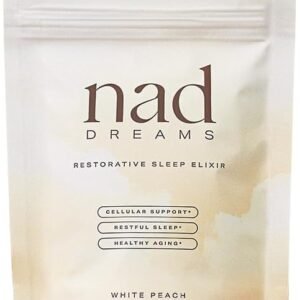
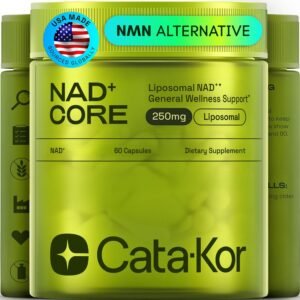
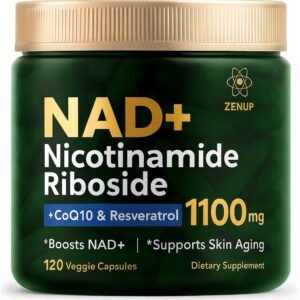
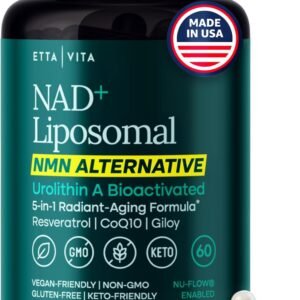
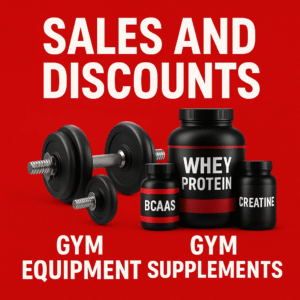


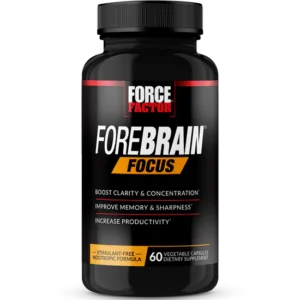
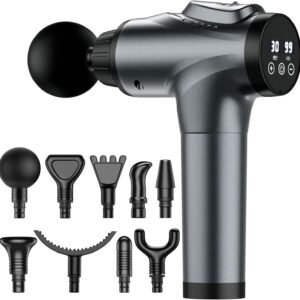
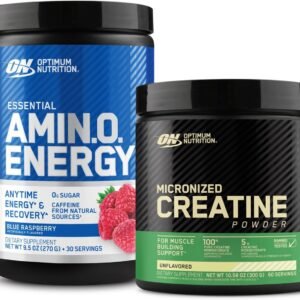
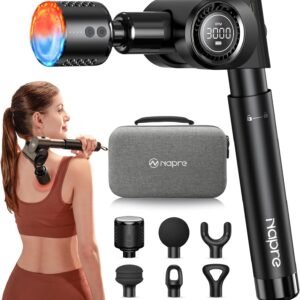
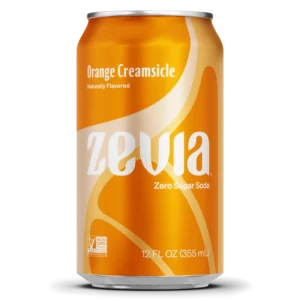

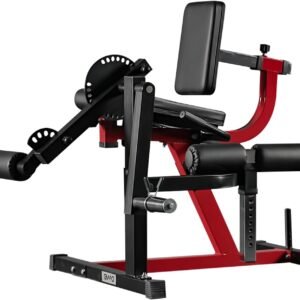
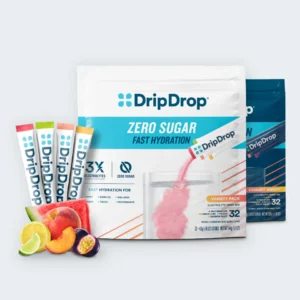

3 Comments
[…] what you consume through food and what your body demands for optimal performance, recovery, and muscle growth. They aren’t a shortcut or a magic pill — but when used wisely, they […]
[…] Check also: muscle building supplements – practical informations for buyers […]
[…] What they are: Three essential amino acids—Leucine, Isoleucine, and Valine. Leucine is the most critical for triggering muscle growth. […]